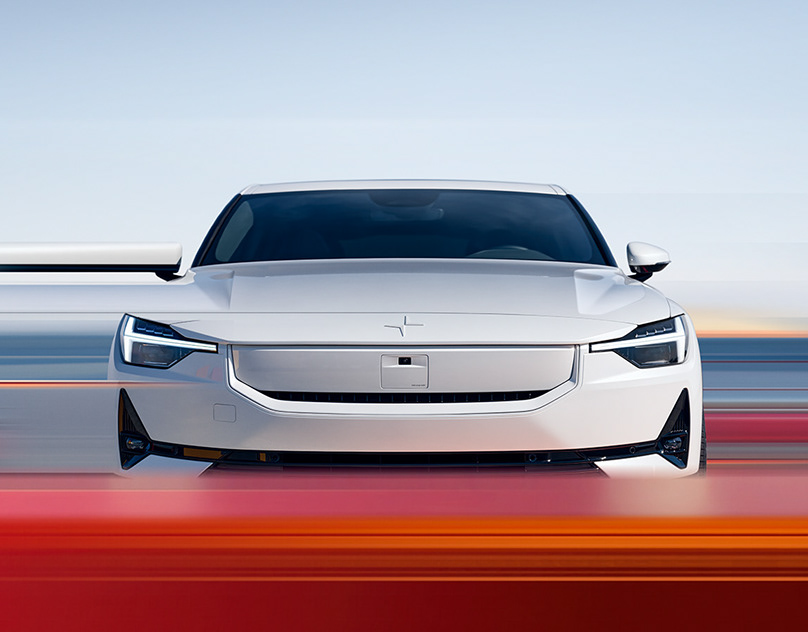
Presence - A Smart Security Ecosystem
Client- West Yorkshire Police, Yale and Secured by Design
This project came off the back of a live project working with West Yorkshire Police and their Force Crime Prevention Officer. It explores how products can be used to both secure the contents of the home and add an element of reassurance to the homeowner.

A vast array of research was carried out, from in-depth secondary research through to focus groups and face-to-face interviews... all with the aim of building up a scenario and gaining empathy of the user.
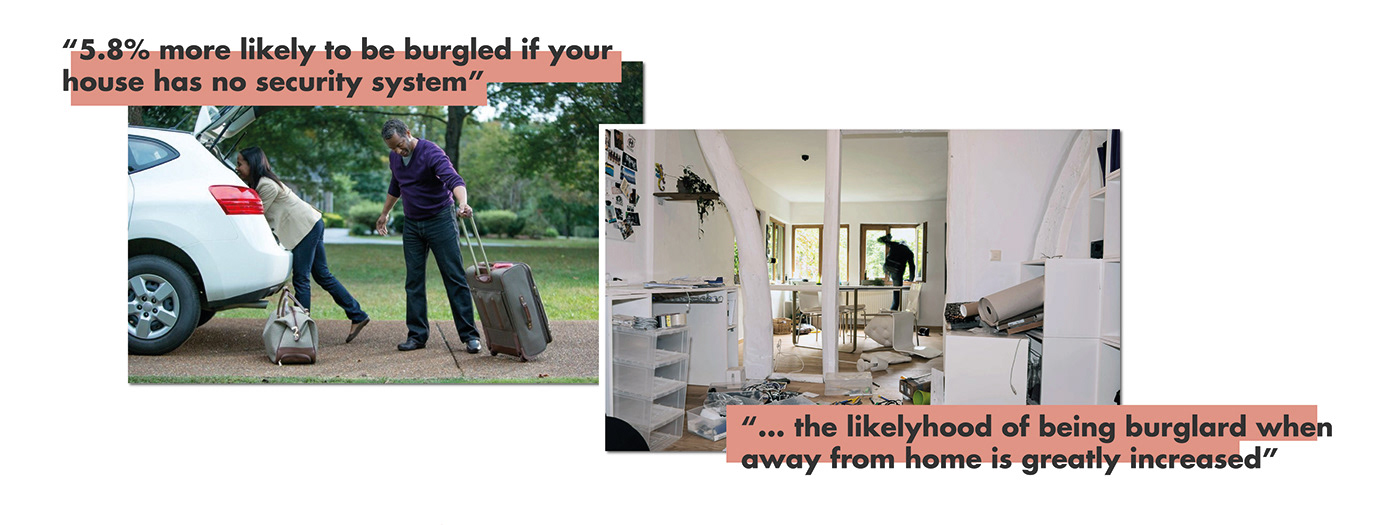
Once the initial phase of in depth research was concluded, the 6 key problematic areas were identified. These formed the areas of focus for the design phase. Using the 'Morph' method of ideation, ideas were rapidly generated. The ideas with the most potential were then selected and chosen to be developed in the next phase of development.
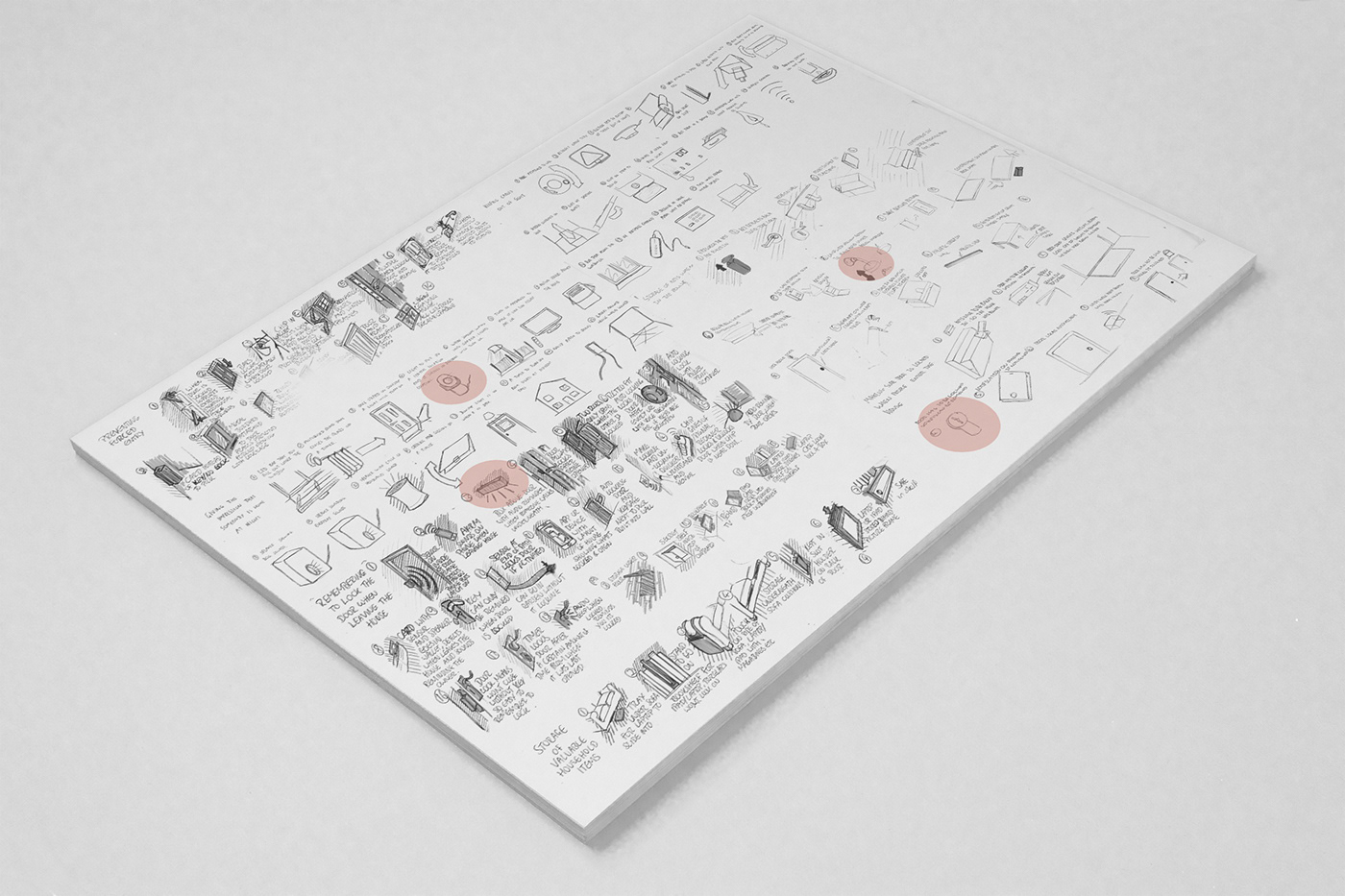
Quick, loose sketching was used to explore a general form and method of interaction. The form was then used a the foundation for further development in 3D.
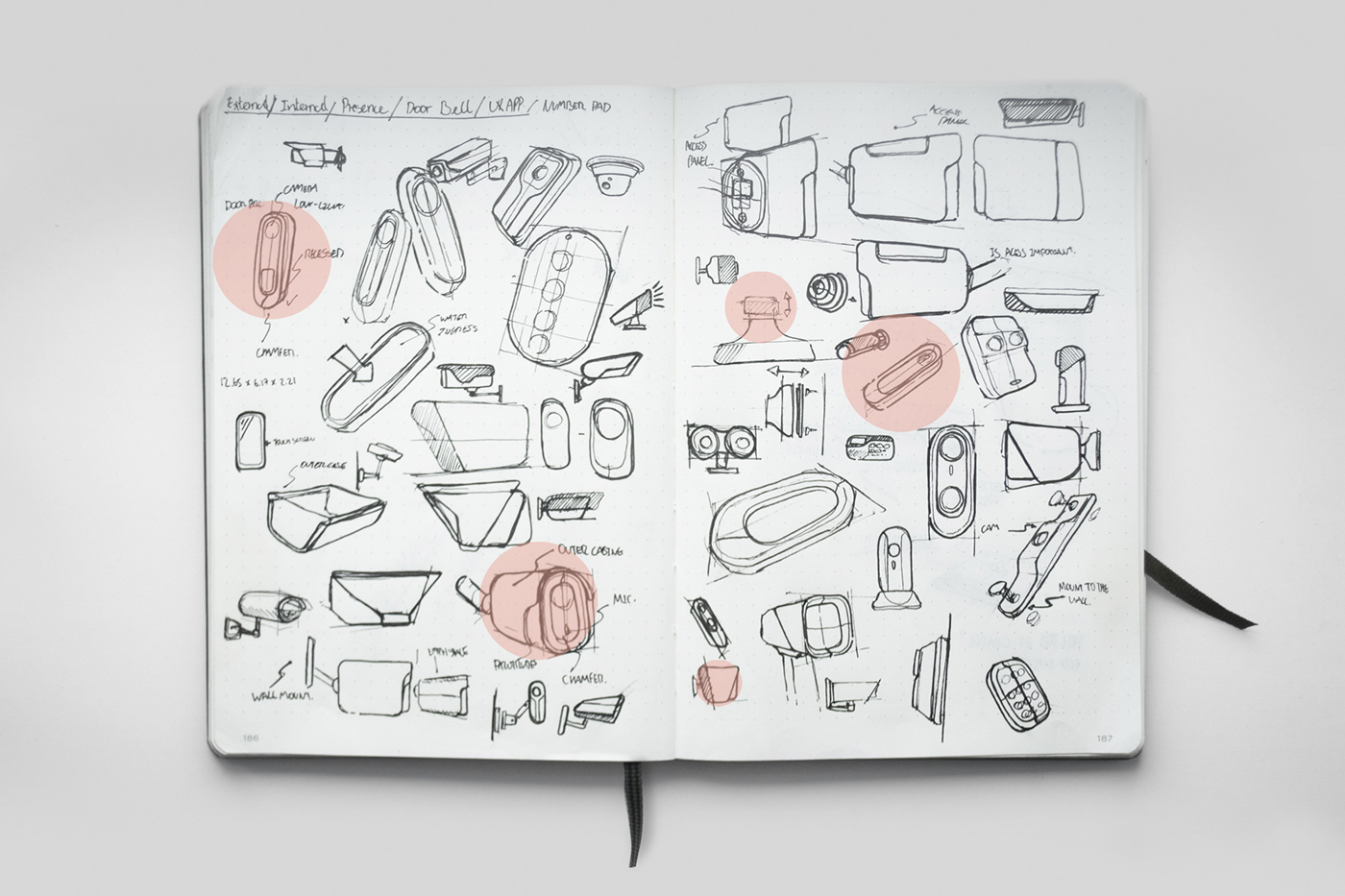
The method of low-fidelity prototyping chosen was 3D printing, as it allowed quick exploration of the organic shape. It allowed for multiple iterations of the device to be created rapidly whilst allowing the analysis of manufacturing aspects. This was particularly important for the casing of the doorbell, as it features an injection moulded main-body which snap-fits to the rear panel... but more on that later.




So, what's so unique about Presence?
The ecosystem works of the premise of 'Prevention is better than cure'.
Often, home-burglars will check the house isn't occupied by ringing the doorbell. If there is even a hint of movement within the home, they will often move-on as the potential risk is too high.
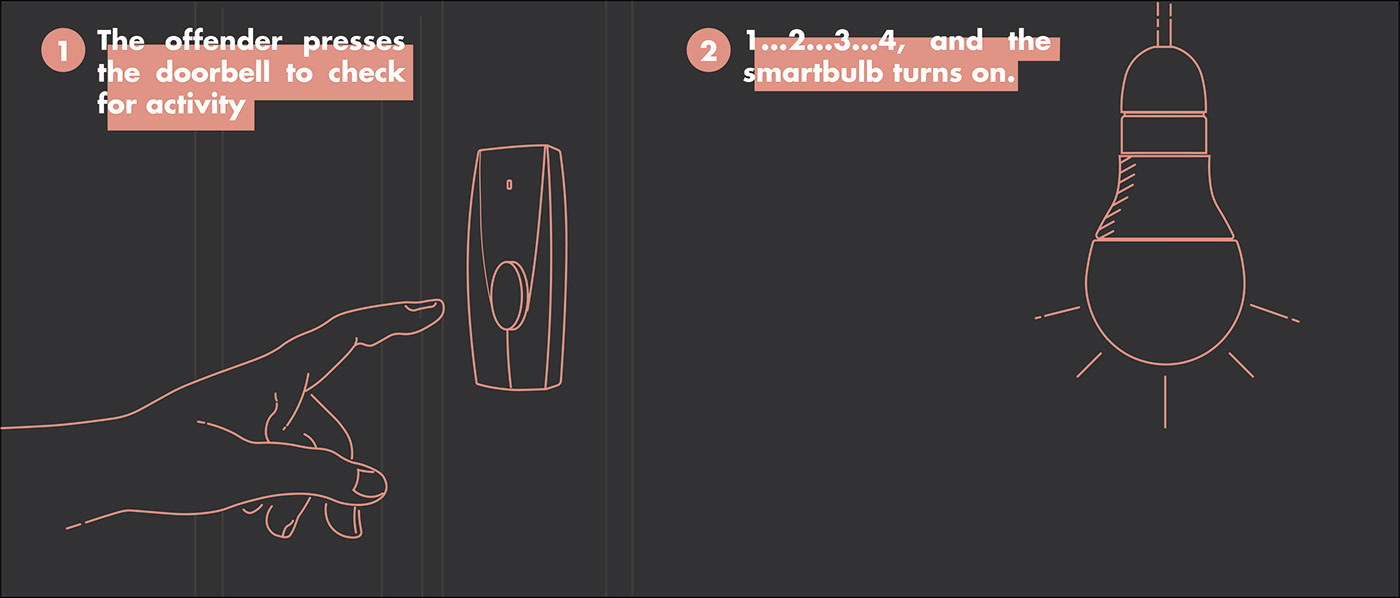
With smart devices neatly integrating themselves into out homes and everyday lives, it was only an amount of time before doorbells received the same smart treatment. Ring and Google have made a name for themselves within this market, but, like always, there is room for potential.
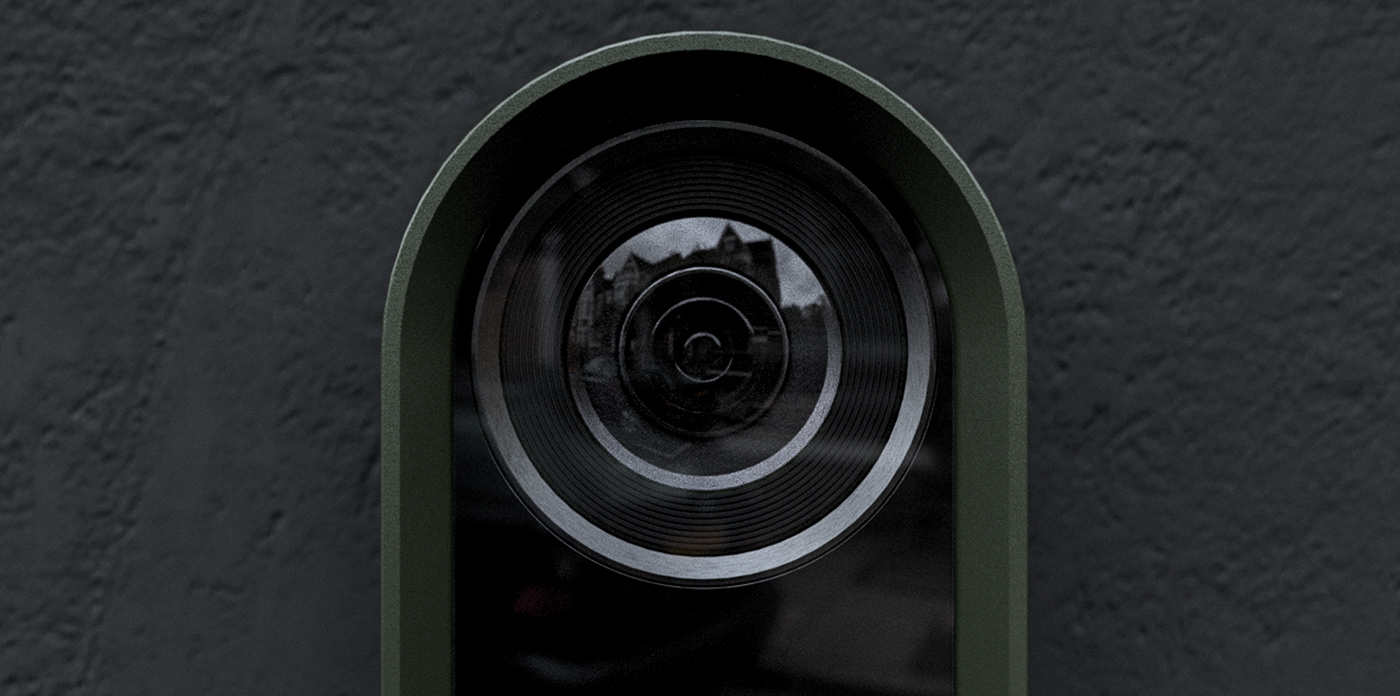
This doorbell carries a far more inconspicuous form, which is certainly a leap away from Ring's bulky form. The out-casing features a variable internal chamfer that has is shallower towards the bottom; this not only adds visual interest, but also guides the user towards the large, central button.



The components that make this doorbell so smart are concealed within the injection formed outer housing. The construction takes into account the ever-changing and often brutal conditions that it would be faced against.
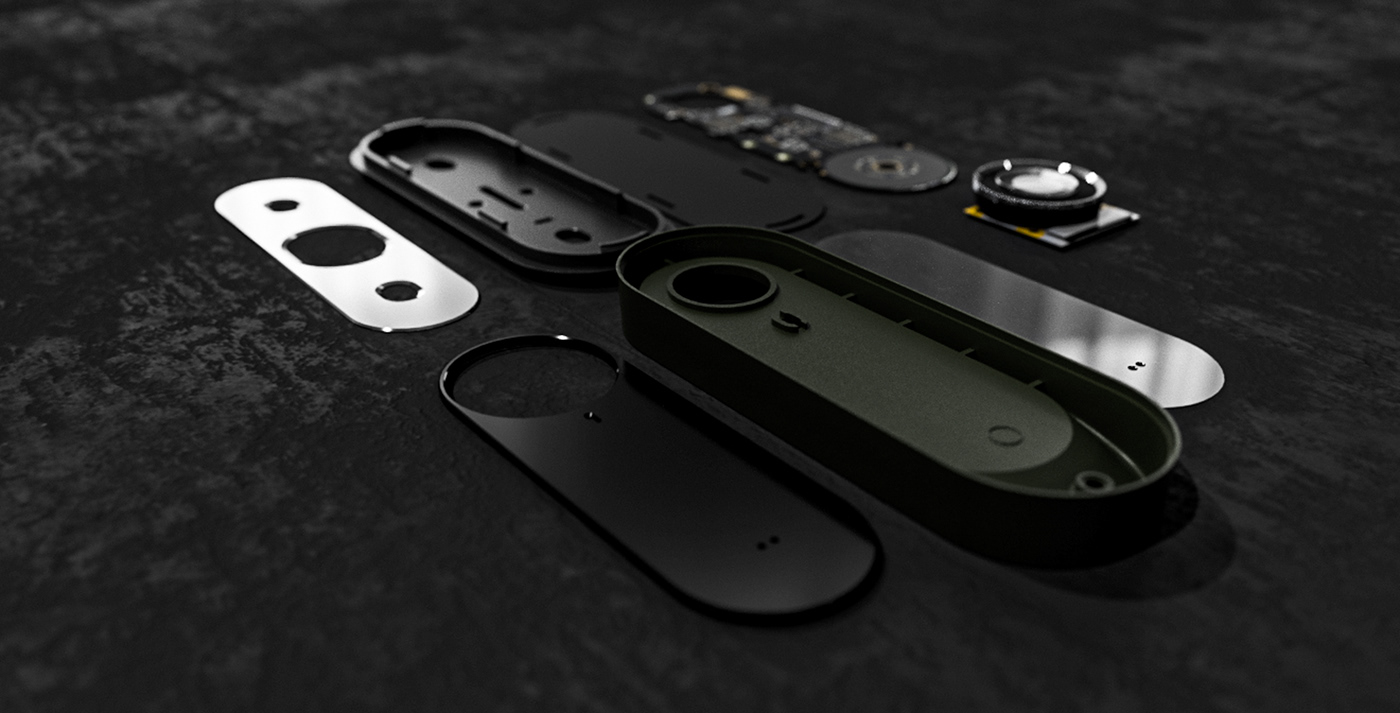
The user experience starts prior to turning the device on. Installation is a fundamental aspect of this experience, so making it as intuitive and straight-forward as possible was key. The back of the doorbell is attached to the wall using two M16 wall screws. The main unit then attaches directly to the back panel using snap-fits.

A smart-light isn't something to be started at, therefore the aesthetics need to be considered but not over-designed. Efficient manufacturing methods must be considered ahead of any unnecessary design features.




Family Member 03- Security Camera
Whilst the innovative doorbell and smart-light is one layer of security, Presence is far more than just this. The distinctive design language from the doorbell is directly carried through to the compact external camera. Multiple cameras can be connected to the same family of devices, allowing for a comprehensive over-view of the property.
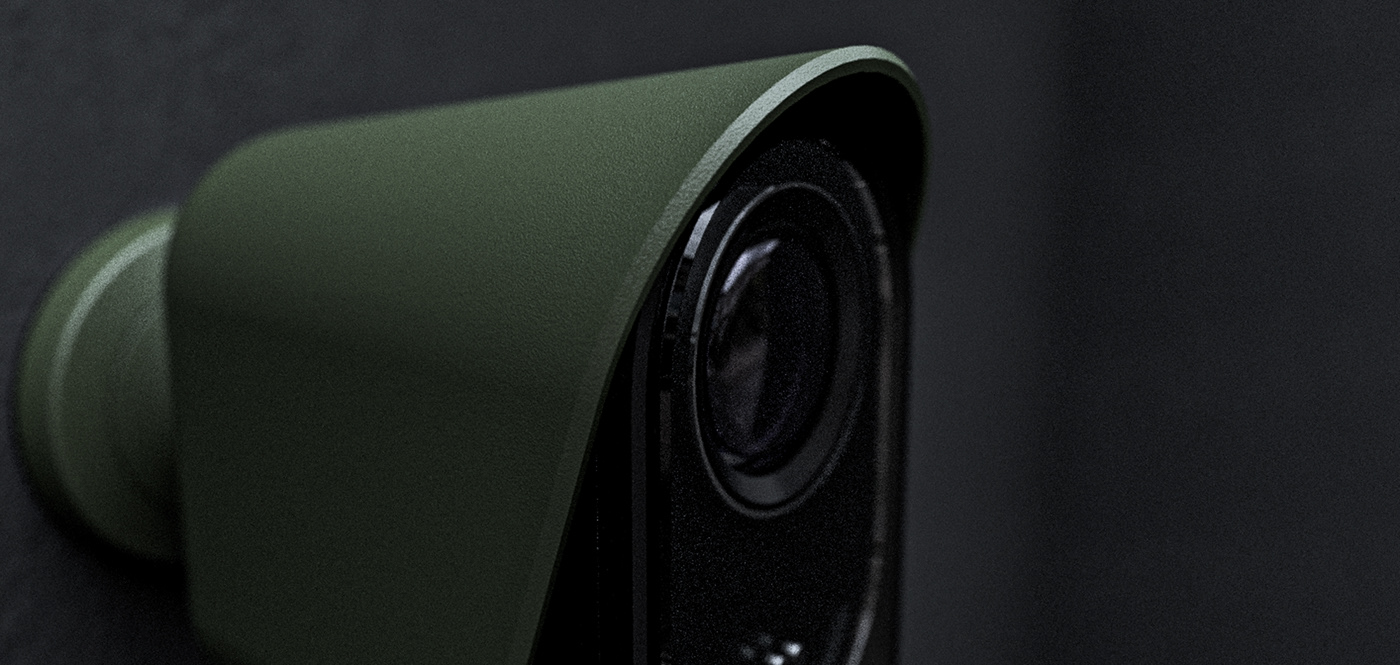
The outer-casing overhangs the front facade of the camera, offering the lens a layer of protection as well as bring a unique design feature. The angle of the camera is adjusted via the wall-mount at the rear of the device. The user can loosen the mount with there fingers, eliminating the need for tools.



Family Member 04- Keypad
Rounding off the hardware aspect of the family of devices is the wall-mounted keypad. Due to its intended environment being inside the house, it takes on a much more domestic aesthetic, with help from the fabric finish that cover the central part of the device.
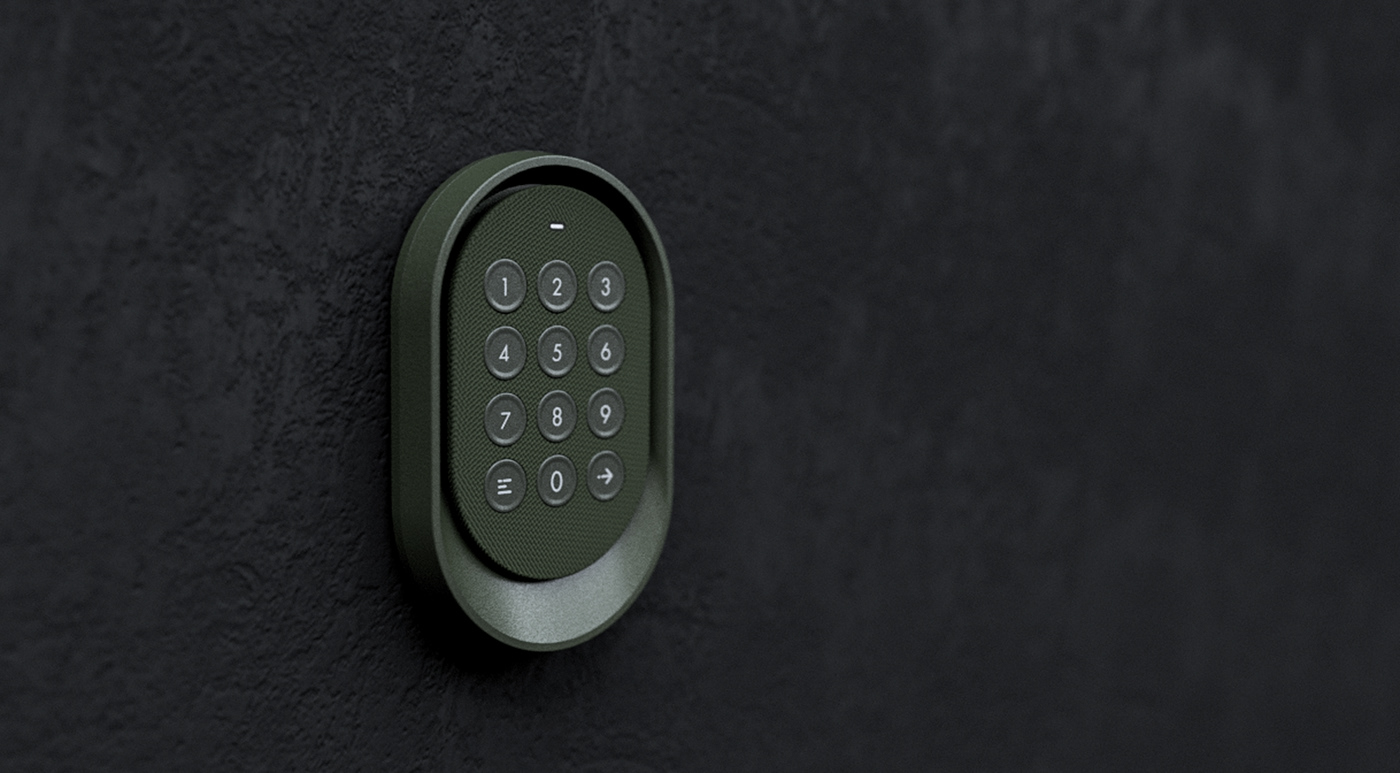
I felt that an interface would be an unnecessary addition to the device, seeing that the device is controlled solely by the mobile application. However, the user would still rely on an element of feedback, and this would come from the LED indicator positioned at the top of the device.



Family Member 05 - The Control Centre - UX
Completing the family is the mobile application, where all components of Presence are controlled. With houses becoming increasingly connected, with its occupants wanting to be in control of every element, incorporating the mobile application to presence was a no-brainier.
Establishing the user-flow was the primary task for this aspect of the project. Blow you can see an over-view of the user experience, and how everything centres around the homepage.
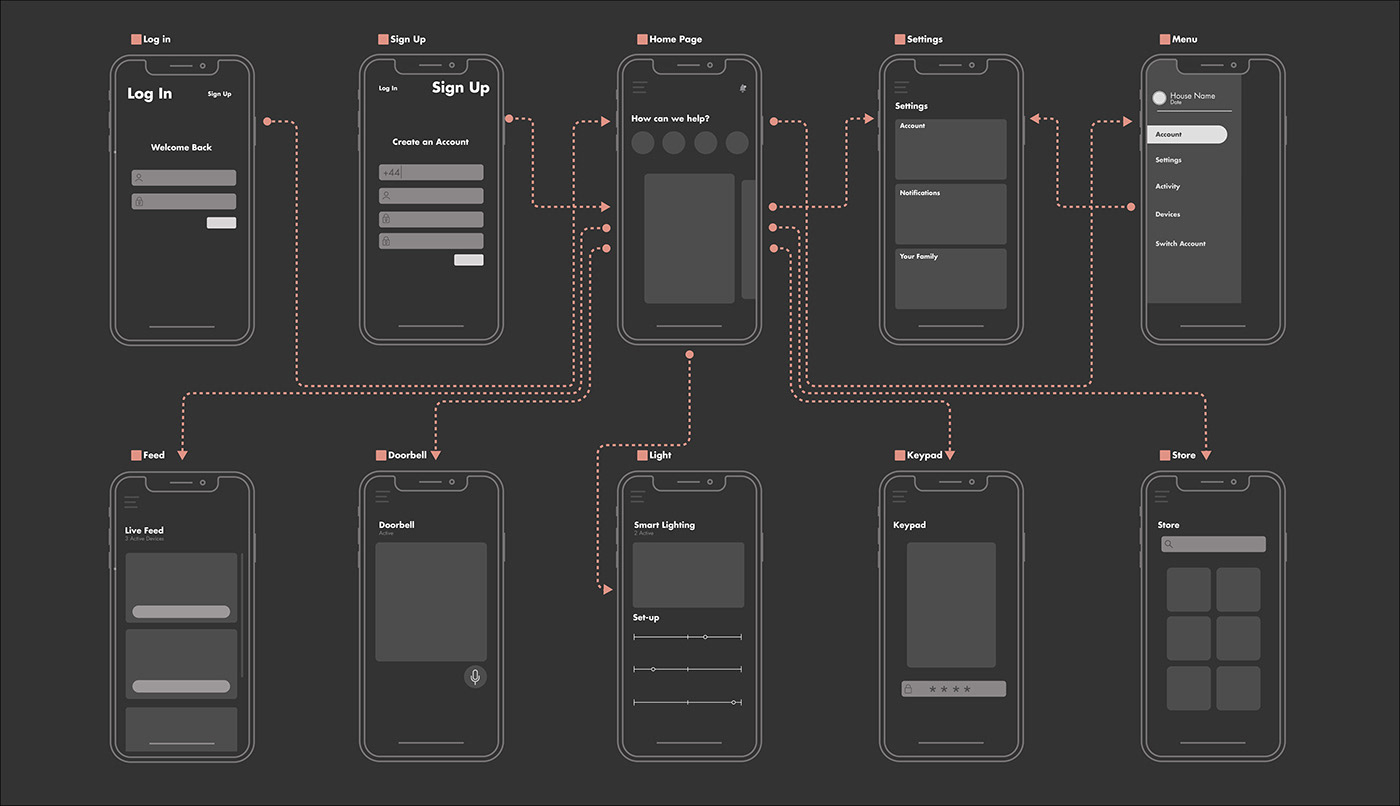
The typography and graphic style was the next step. The typeface needed to complement the friendly, welcoming aesthetic of the Presence's hardware. For this reason, I settled on the Futura Family.

The main elements of UX can be seen below, each sharing the same minimal and concise interface.
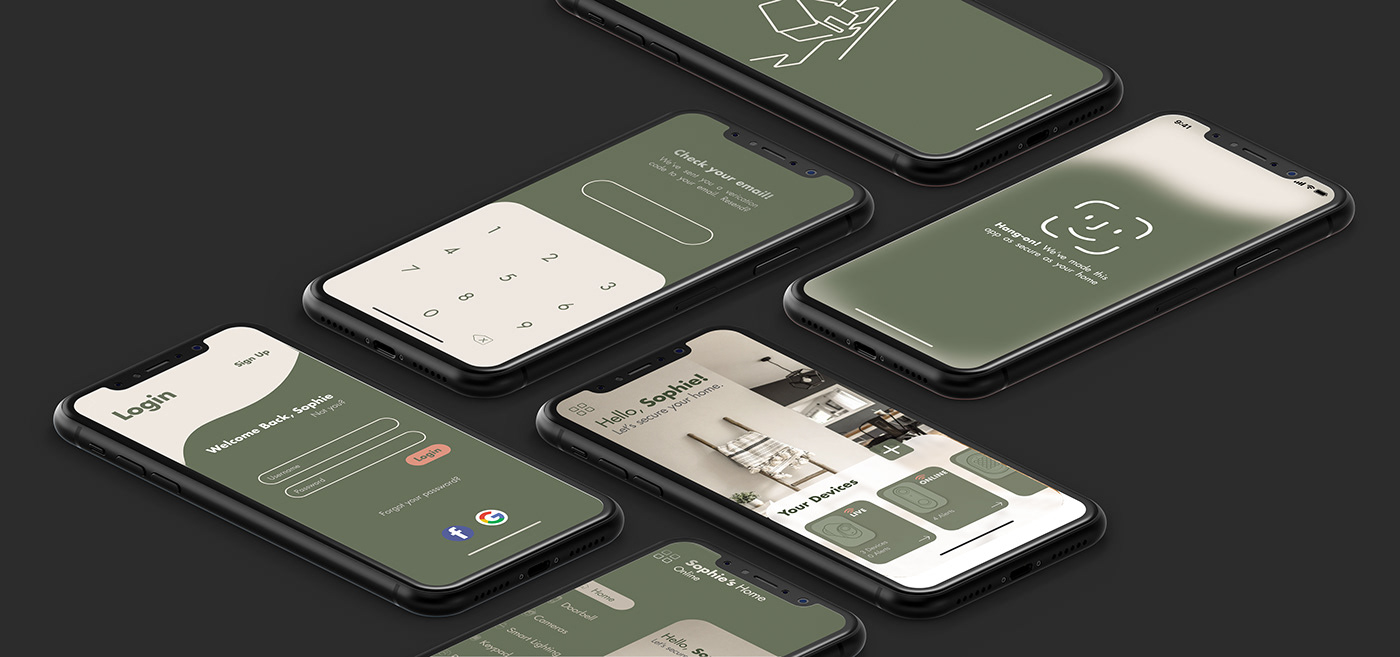
Something that flat images of UX don't communicate is the type of motion that the app will carry. Motion can transform the feeling of the application, so for this project I wanted to emphasise the friendly and welcoming nature of Presence. Quick, snappy and
fluid motions guide the user around the application.


The packaging has been designed to become part of the entire user-experience; minimal graphical-treatment compliments the design language of the produces that are house inside of the packaging.




Thank-you
jameshoaredesign.com




